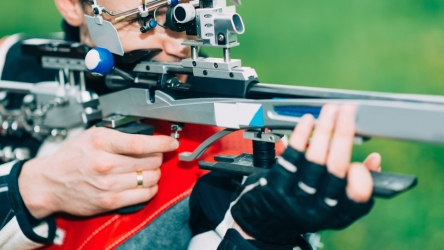In business, trends go in and out of popularity regularly, and people that want to succeed in the field have to stay up to date with the latest techniques and processes to make their work more efficient, which can include business internet service.
Business networking and communication is an example of an area where trends and popular ideas have developed over the years: the advent of the telephone completely changed how companies could communicate, as did the personal computer and then the Internet. Today, social networks are making their mark on business, especially the LinkedIn professional social network. Some might contend that having a profile on LinkedIn can even serve as a replacement for the business card, which has been a staple of business communication for decades.
The Rise Of LinkedIn
LinkedIn was originally launched in 2003, but recent years have truly seen its popularity skyrocket. The site now has over 250 million members and is considered the foremost business social network in the world. In a survey conducted by Lab42, 61% of respondents said they used LinkedIn primarily for professional networking, compared to just 22% that said they used Facebook for professional networking.
Beyond just use for networking, companies are also using LinkedIn to connect directly with their customers. HubSpot reports that 62% of businesses used LinkedIn to acquire a customer in 2012, more than the 52% that used Facebook or 44% that used Twitter. It is certainly true that LinkedIn plays a key role in business today, but can it ever really replace the business card and the type of physical, in-person interaction that a business card represents?
The Importance of A Business Card
Business cards have been an important part of networking in a professional setting for decades. Statistics show that 10 billion business cards are printed per year in the United States. However, the same report revealed that 88% of these cards that get handed out will be thrown away in less than a week. Statistics like this are what raise the question of whether an old tradition like passing out a business card can stand up to more modern techniques for interacting with people.
In an ideal situation, business cards are exchanged face to face by two people that are talking to each about their business. Unlike LinkedIn, where users can make a connection with professionals that are halfway around the world, the direct exchange of business cards requires people to be in the same area. A business card represents a physical, tangible connection to another person: it is something that you can hold in your hand and put in your pocket. Further, business cards can be customized with colors, images, and stylistic elements that make them stand out, just as a person or their business might have characteristics that separate them from the crowd.
Can LinkedIn Replace Business Cards?
In order to decide if LinkedIn is more effective than a business card for your specific needs, you must examine the pros and cons of these two professional communication methods. LinkedIn has a huge membership base and allows you to broaden your reach and go after customers and peers that you would be unable to network with otherwise. Your LinkedIn profile will contain much of the same information on a business card: name, company, phone number, e-mail address, etc.
On the other hand, a business card is a physical representation of who you are and what you represent that somebody can keep with them. No matter how sophisticated digital communication gets, few interaction methods have as large of an impact as the traditional in-person conversation. In the end, only you and your organization can make the decision about whether exchanging business cards or communicating through LinkedIn is more effective and how to guide your policy based on that decision.






